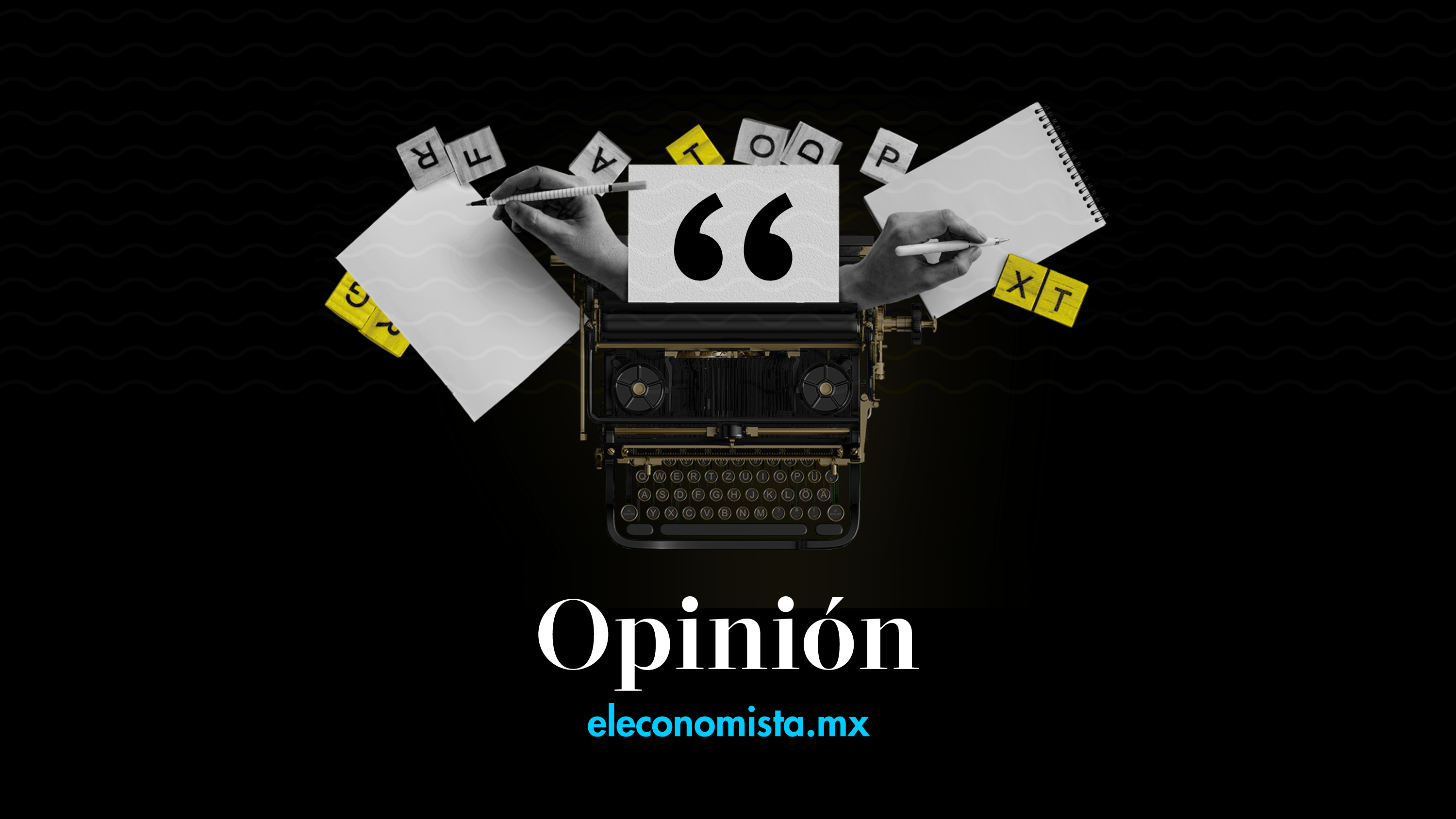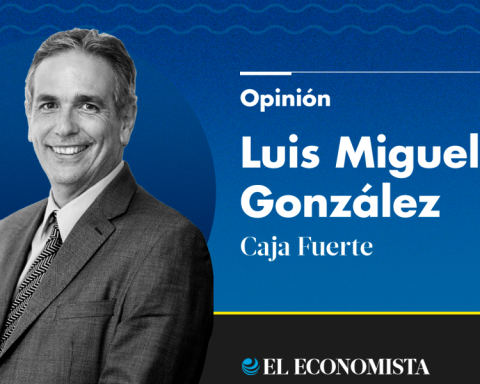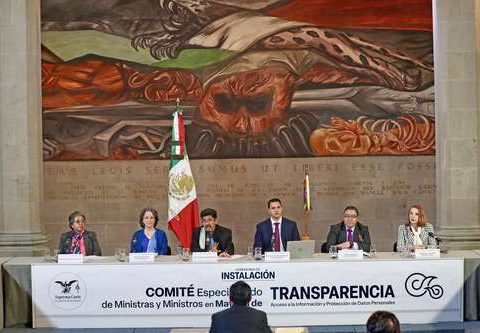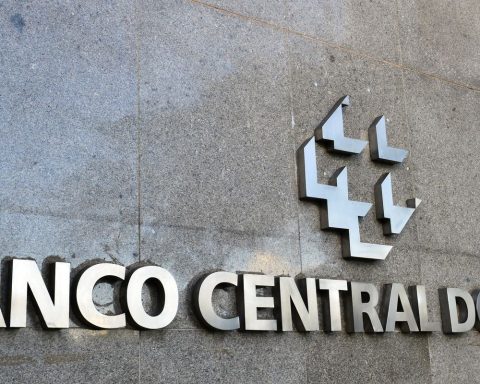One of the most important decisions that are made, both at the family level and in society as a whole, has to do with the resources allocated to education, this being the best example of a positive externality, one in which not only whoever invests in their own human capital benefits, but also society as a whole obtains a benefit derived from each individual action.
At the family level, parents are willing to sacrifice their own consumption to allocate those same resources to investment in the human capital of their children. The objective is that the level of future well-being of the children is greater than that of the parents in the present, that is, they aspire to an intergenerational improvement. In addition, the expectation is that the return on the investment made is not only positive but also increasing, that is, that the future income of the children is higher the higher the level of schooling achieved.
In addition to the benefit that each individual obtains for himself from the accumulated human capital, society also benefits from the increasing educational level of the population. There are several elements that make up this positive externality.
First, it is observed that the higher the educational level of the parents, particularly that of the mothers, the lower the number of children in the family. As the slogan of the campaign of the National Population Council launched in 1974 rightly said: “the small family lives better”. Given the total expenditure on children, the fewer the number of children, the more each person gets.
The foregoing is reinforced when considering by itself the level of schooling of women; as they get older, their participation in the labor market also increases and, consequently, the opportunity cost of having children increases. For the same reason, it is observed that the greater the human capital of women, the lower the fertility and birth rates. Not only is the number of children fewer, but there also tends to be two sources of family income.
Second, and in line with the above, since there are two sources of family income and fewer children, the quality of housing tends to be higher, which allows the living space of each member of the family to be also greater, that is, In other words, overcrowding inside the house is reduced.
Third, the higher the level of schooling of the parents, since they assign a higher value to education, the greater the expenditure allocated within the household towards the accumulation of human capital of the children will tend to be, so that their level of schooling will be greater, thus generating a virtuous circle.
Fourth, as a result of the higher level of schooling, eating habits and health care are better. This is not only reflected in a higher quality of life for each member of the family, but there will also be less work and school absenteeism, as well as less pressure on the health system.
Fifth, the greater the human capital of the population, the more efficient and cheaper is the incorporation of technological changes in production processes, which results in greater total factor productivity. It is this increase in the productivity of the factors of production that makes technological change the main source of economic growth and increase in the real income of the population.
It is for the above that investment in human capital has to be the priority for society and for the government when deciding the composition of public spending and it is worth mentioning here a Chinese proverb that, taken to the social level, would define a statesman: “If You make plans for a year sowing rice. If you do it for two decades, plant trees. If you do it for life, educate a person”. Because of the decisions made, the president is not one of them.
Twitter: @econoclasta
Economist and professor
Point of view
Knight of the National Order of Merit of the French Republic. Medal of Professional Merit, Ex-ITAM.














